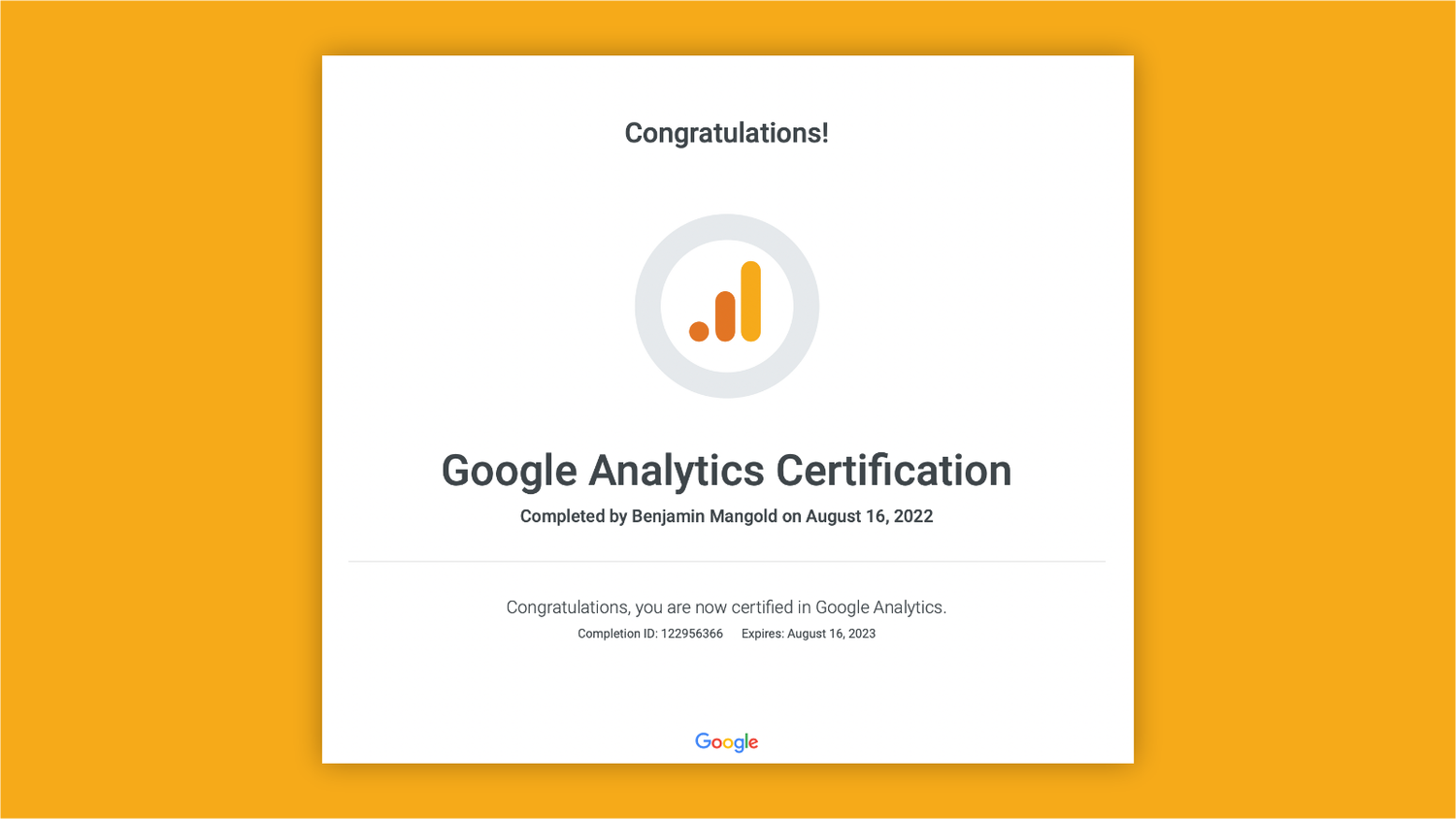Master Internet Site Insights With Accurate Google Analytics Tracking Code
The reliable usage of Google Analytics hinges on the precise execution of its tracking code, a fundamental action commonly forgotten by site owners. What are the common pitfalls that could threaten your tracking initiatives, and how can you make sure precision in your strategy?
Understanding Google Analytics Essentials
Google Analytics is a vital tool for website owners and marketers, giving important understandings right into customer behavior and website efficiency. At its core, Google Analytics collects data about visitors to a website, enabling customers to evaluate metrics such as website traffic resources, user involvement, and conversion prices. Comprehending these basics is important for maximizing a website's efficiency and boosting customer experience.
The platform utilizes cookies to track communications, tape-recording data such as web page views, session durations, and bounce rates. This information is aggregated and provided via customizable control panels, allowing users to visualize fads in time. Trick efficiency signs (KPIs) can be monitored, such as the overall number of customers, new versus returning visitors, and the geographical distribution of the target market.
Moreover, Google Analytics uses segmentation features, allowing users to separate specific traffic resources or user demographics for even more targeted evaluation. By mastering these foundational aspects, internet site owners can make informed choices regarding material technique, advertising projects, and overall website improvements. Ultimately, understanding Google Analytics fundamentals is important for leveraging data to drive growth and achieve service purposes successfully.
Setting Up Your Monitoring Code

Duplicate the given tracking code and paste it into the HTML of your internet site. This makes certain that the monitoring code tons before any type of other content, permitting it to capture data properly.
After installment, verify that the tracking code is working properly by using Google Tag Aide or the Real-Time reports in Google Analytics - when does the google analytics tracking code send an event hit to analytics?. This step is vital to verify that your data collection is exact and energetic, setting the foundation for informative evaluation
Typical Monitoring Code Issues
This may happen when the monitoring code is placed in the incorrect area of the site's HTML, commonly leading to absent or incomplete information. In addition, having several instances of the tracking code on a solitary page can result in inflated metrics, as individual communications may be counted much more than as soon as.
Another concern develops from using advertisement blockers, which can protect against the tracking code from executing entirely, therefore skewing information. when does the google analytics tracking code send an event hit to analytics?. Furthermore, failing to configure filters appropriately can lead to the exclusion of crucial website traffic resources or the incorporation of undesirable referral spam, distorting the data accumulated
Website proprietors might likewise forget the relevance of tracking code updates, particularly when migrating to Google Analytics 4 (GA4) from Universal Analytics. Lastly, not enough testing prior to introducing adjustments can lead to undetected mistakes in the monitoring code, additionally making complex information dependability. Resolving these common concerns is critical for making sure accurate monitoring and insightful analytics.
Studying Website Data Properly
Accurate data collection is just the initial step in leveraging Google Analytics; the genuine worth depends on successfully examining that information to drive informed decision-making. To attain this, it is vital to recognize vital performance signs (KPIs) that straighten with your company objectives. Concentrate on metrics such as conversion prices, user engagement, and traffic sources, as these will supply understandings right into user habits and the total performance of your site.
Utilizing Google Analytics' segmentation features enables a deeper understanding of your audience. By breaking down data into specific demographics, behaviors, and website traffic channels, you can discover trends and patterns that inform targeted approaches. Applying custom reports and dashboards can enhance this process, allowing quick access to important data.
Moreover, frequently evaluating data patterns in time aids to identify anomalies and possibilities for improvement. Utilize visualization devices to existing information in a quickly digestible style, assisting in a lot more efficient communication with stakeholders. Inevitably, the capacity to analyze website data Continued efficiently empowers services to make calculated decisions that improve user experience, maximize marketing initiatives, and drive growth.

Ideal Practices for Accurate Monitoring
Carrying out efficient tracking techniques is critical for getting reputable information in Google Analytics. To make certain accurate monitoring, begin by appropriately installing the Google Analytics tracking code on every web page of your internet site. This can be completed through a tag supervisor or by straight embedding the code right into the HTML.
Following, configure your Google Analytics account to exclude inner website traffic. This can be done by setting up filters that determine and eliminate gos to from your organization's IP address, thereby stopping more helpful hints skewed information. Furthermore, utilize occasion monitoring to keep an eye on specific customer communications, such as downloads or video plays, which basic page sights may forget.
On a regular basis investigate your monitoring setup to validate that all attributes, such as goals and ecommerce monitoring, are functioning properly. Establish a consistent naming convention for your events and campaigns to facilitate simpler coverage and evaluation.
Last but not least, think about leveraging UTM parameters for projects to gain insights right into the efficiency of various marketing efforts. By following these ideal practices, you can improve the accuracy of your data collection and evaluation, eventually leading to more enlightened decision-making for your website.
Verdict
Accurate application of the Google Analytics tracking code is crucial for mastering web site understandings. By making sure the tracking code is properly put and on a regular basis investigated, web site owners can catch vital customer interaction data, hence assisting in the recognition of crucial efficiency indications. Reliable evaluation of this information, integrated with adherence to ideal techniques, enables educated decision-making and the optimization of online approaches. Inevitably, a robust tracking framework boosts the capacity to drive interaction and boost overall site performance.
Not enough screening before releasing changes can result in undetected mistakes in the monitoring code, further making complex information integrity.Carrying out efficient tracking methods is essential for getting trustworthy information in Google Analytics. By ensuring the tracking code is properly placed and consistently examined, site owners can record vital customer interaction data, thus facilitating the recognition of vital performance signs.